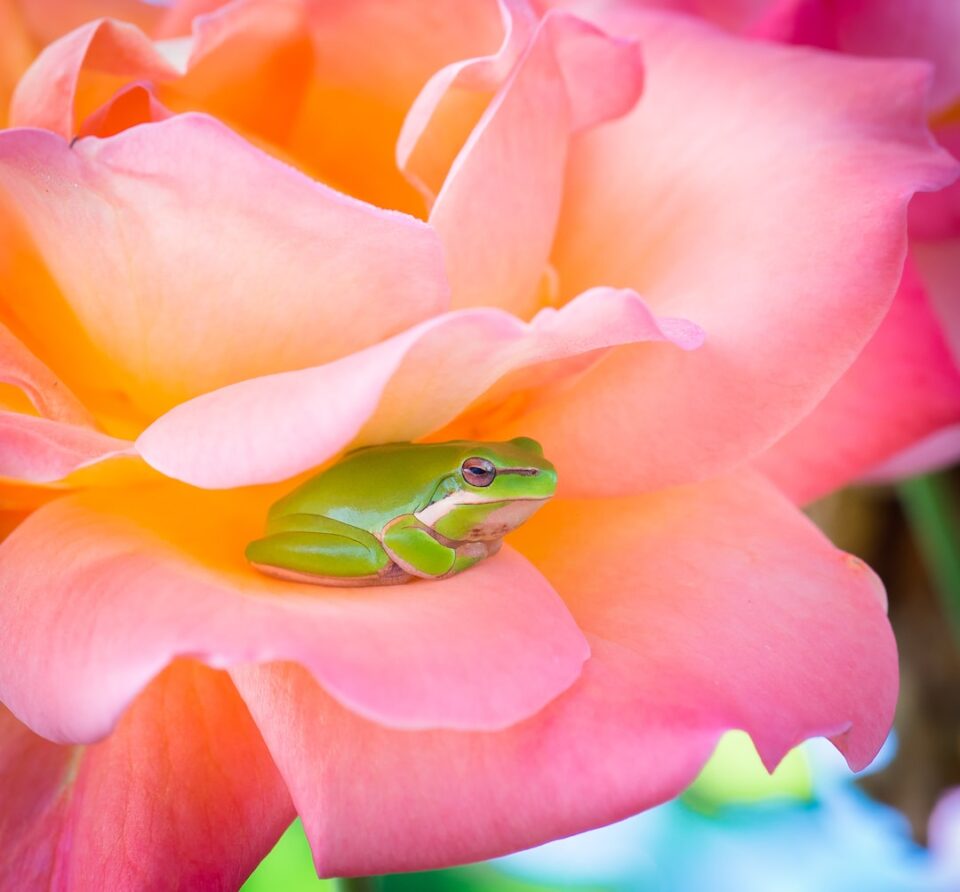Animal Parenting: Understanding Different Parenting Styles in the Animal Kingdom
Parenting exists in every species, and just like humans, animals have developed various parenting styles to ensure the survival and well-being of their young. This diverse range of parenting behaviors across the animal kingdom provides us with a fascinating insight into the bonds and strategies that animals adopt to raise their offspring. From devoted and nurturing parents to those who employ unconventional techniques, let’s delve into the world of animal parenting and explore the different styles in more detail.
One of the most common and nurturing parenting styles can be observed in mammals, particularly in primates. Primates, including humans, invest a significant amount of time and effort into caring for their young. Mothers carry and nurse their infants, teaching them crucial skills for survival, adapting and responding to their every need. The strong bond between mother and offspring is an essential aspect of primate parenting, ensuring that the infant learns vital social and survival skills needed to thrive in their environment.
On the other end of the spectrum, we find the “laissez-faire” parenting style, often observed in certain bird species. Birds, such as penguins and albatrosses, are known to leave their chicks unattended for extended periods while searching for food. This parenting strategy can be seen as a trade-off, as the chicks are left vulnerable to predation, but it allows the adults to gather essential resources to nourish their young. Though it may seem risky, this approach has proven successful for these species, as they have developed unique adaptations to mitigate the risks associated with this parenting style.
Some animal parents, like kangaroos and koalas, possess an unusual form of parenting known as “marsupial parenting.” These animals give birth to underdeveloped young that spend a considerable amount of time developing in a pouch attached to the parent’s body. This pouch serves as a safe haven where the young ones grow and mature under the constant care and protection of their parent. Marsupial parenting showcases an extraordinary adaptation that allows these species to cope with challenging environmental conditions while still raising their offspring effectively.
In contrast, there are animal parents that demonstrate a more hands-off approach, allowing their offspring to fend for themselves from a very early age. This style is common among many reptiles, such as turtles and crocodiles. After laying their eggs in a suitable location, these reptiles abandon them, relying on environmental factors like temperature to determine the sex and development of their young. Instead of parental guidance, the survival of these reptile offspring depends on innate instincts and environmental cues.
The insect kingdom is also home to unique and fascinating parenting styles. Insects exhibit a diverse range of parenting behaviors, with some insects, like the bee or ant, relying on a collective approach to raising their young. In bee colonies, for instance, the queen bee lays eggs that are then attended to by specialized worker bees who assume the role of caregivers. These worker bees feed, clean, and protect the eggs until they hatch into larvae. This cooperative parenting style allows for a highly efficient system where the workload is divided amongst the colony members, ensuring the survival and prosperity of their young.
Other insects, like butterflies, employ a completely different strategy known as “free-range parenting.” After laying their eggs, adult butterflies typically have little or no interaction with their offspring. The survival of these young caterpillars depends heavily on their ability to find food and evade predators, without any parental guidance or protection. This style of parenting may seem detached, but it enables the species to maximize their reproductive potential by producing a large number of offspring.
Understanding the various parenting styles in the animal kingdom sheds light on the incredible adaptability and diversity of strategies employed by different species to ensure their progeny’s survival. Whether it’s through nurturing and devoted care, a laissez-faire approach, or collective parenting, animals have devised a range of techniques that are perfectly suited to their specific ecological niche. By studying and appreciating these unique parenting styles, we gain a greater understanding and appreciation of the intricate world of animal behavior.

